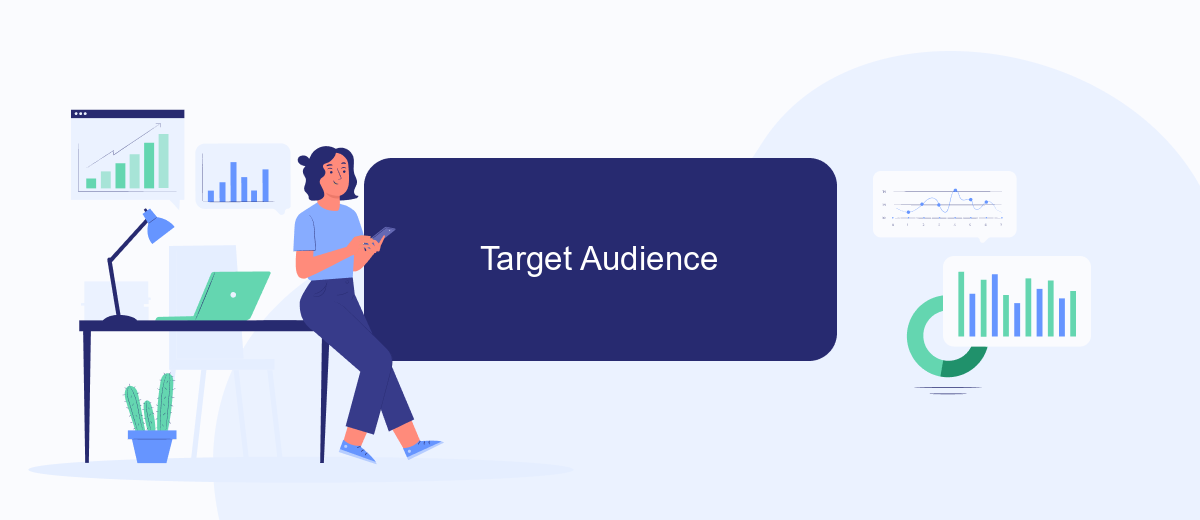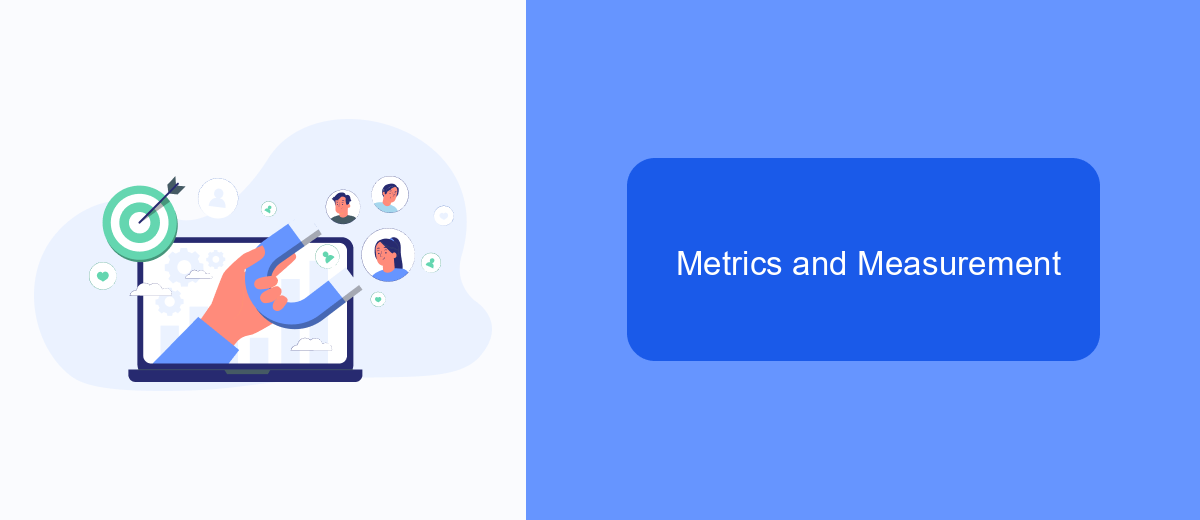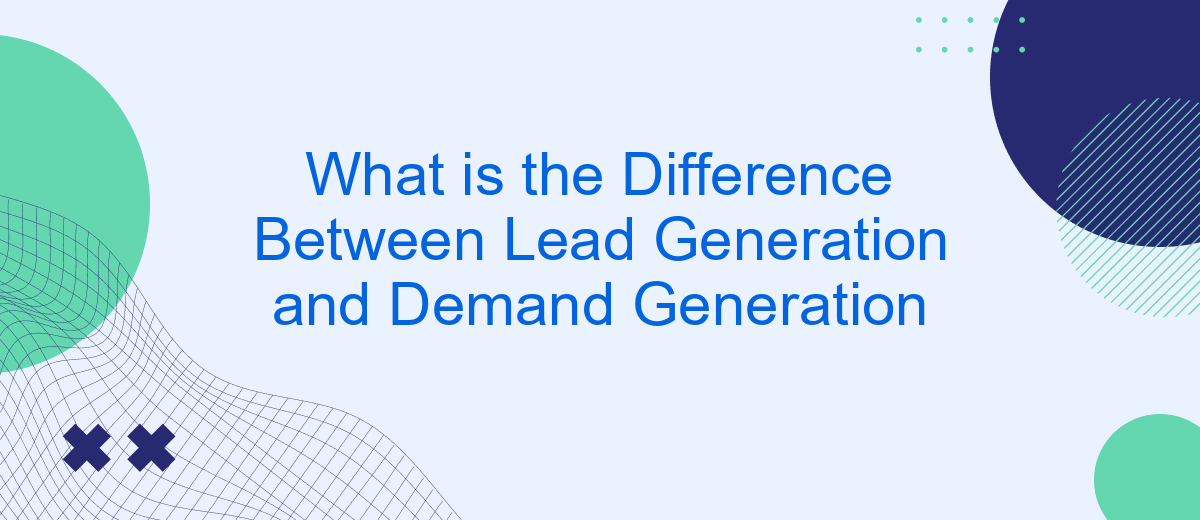In the ever-evolving landscape of marketing, understanding the distinction between lead generation and demand generation is crucial for crafting effective strategies. While both aim to drive business growth, they operate through different mechanisms and target different stages of the buyer's journey. This article delves into the key differences between these two essential marketing functions, helping you optimize your approach for maximum impact.
Lead Generation vs. Demand Generation: Key Differences
Lead generation and demand generation are both crucial components of a successful marketing strategy, yet they serve different purposes. Lead generation focuses on capturing contact information from potential customers, while demand generation aims to create awareness and interest in your product or service.
- Objective: Lead generation targets immediate conversions, whereas demand generation focuses on long-term brand building.
- Approach: Lead generation uses tactics like gated content and email campaigns, while demand generation employs content marketing, social media, and webinars.
- Metrics: Success in lead generation is measured by the number of leads captured, while demand generation is evaluated through metrics like brand awareness and engagement.
Choosing between lead generation and demand generation depends on your business goals. If you aim to quickly build a customer database, lead generation is key. For long-term growth and brand recognition, focus on demand generation. Tools like SaveMyLeads can streamline the lead generation process by automating integrations, allowing you to capture and manage leads more efficiently.
Purpose and Goals

The primary purpose of lead generation is to capture the interest of potential customers and convert them into leads for the sales team. This involves gathering contact information, such as email addresses or phone numbers, through various tactics like landing pages, forms, and gated content. The goal is to create a pipeline of prospects who have shown interest in your product or service, making it easier for sales teams to follow up and close deals.
On the other hand, demand generation aims to create awareness and interest in your brand or product on a broader scale. This involves a combination of marketing strategies such as content marketing, social media engagement, webinars, and events. The goal here is to build brand recognition and establish your company as a thought leader in your industry. By integrating services like SaveMyLeads, businesses can streamline their lead capture processes, ensuring that no potential customer slips through the cracks, thereby enhancing both lead and demand generation efforts.
Target Audience

Understanding the target audience is crucial for both lead generation and demand generation strategies. These strategies cater to different segments of the market, and recognizing the specific needs and behaviors of each audience can significantly enhance the effectiveness of your marketing efforts.
- Lead Generation: Primarily targets potential customers who have shown some level of interest in your product or service. These are individuals or businesses looking for solutions to specific problems and are likely to engage with content such as whitepapers, case studies, and webinars.
- Demand Generation: Focuses on creating awareness and interest in your product or service among a broader audience. This includes individuals who may not yet recognize their need for your solution. Content for this audience includes blog posts, social media campaigns, and educational videos.
Tools like SaveMyLeads can be instrumental in optimizing both lead generation and demand generation efforts. By automating the process of capturing and nurturing leads, SaveMyLeads ensures that your marketing team can focus more on crafting personalized and engaging content tailored to the needs of your target audience.
Metrics and Measurement

Metrics and measurement are crucial for understanding the effectiveness of both lead generation and demand generation strategies. While both aim to drive growth, they focus on different stages of the customer journey and thus require distinct metrics.
For lead generation, the primary metrics include the number of leads captured, lead conversion rate, and cost per lead. These metrics help in evaluating how effectively your campaigns are capturing potential customers and turning them into qualified leads.
- Number of Leads Captured
- Lead Conversion Rate
- Cost per Lead
On the other hand, demand generation metrics focus on brand awareness and engagement. Key metrics include website traffic, social media engagement, and content performance. Tools like SaveMyLeads can help integrate various data sources, making it easier to track and analyze these metrics efficiently.
- Automate the work with leads from the Facebook advertising account
- Empower with integrations and instant transfer of leads
- Don't spend money on developers or integrators
- Save time by automating routine tasks
Strategies and Tactics
Effective strategies for lead generation often include leveraging SEO, content marketing, and social media advertising to attract potential customers. Creating high-quality, relevant content such as blogs, whitepapers, and case studies can draw in visitors who are actively searching for solutions. Utilizing tools like SaveMyLeads can streamline the process by automating lead capture from various sources and integrating them into your CRM, ensuring no potential lead is missed.
On the other hand, demand generation focuses on building awareness and interest in your product or service through broader marketing efforts. Tactics include webinars, industry events, and influencer partnerships to create a buzz and establish your brand as a thought leader. Email marketing campaigns and targeted advertising can nurture these prospects further down the funnel. By combining both lead and demand generation tactics, businesses can create a robust marketing strategy that not only attracts but also converts potential customers.
FAQ
What is the main difference between lead generation and demand generation?
How do lead generation and demand generation complement each other?
What are some common tactics used in demand generation?
How can automation tools help with lead generation?
Why is it important to measure the success of both lead generation and demand generation efforts?
Personalized responses to new clients from Facebook/Instagram. Receiving data on new orders in real time. Prompt delivery of information to all employees who are involved in lead processing. All this can be done automatically. With the SaveMyLeads service, you will be able to easily create integrations for Facebook Lead Ads and implement automation. Set up the integration once and let it do the chores every day.

